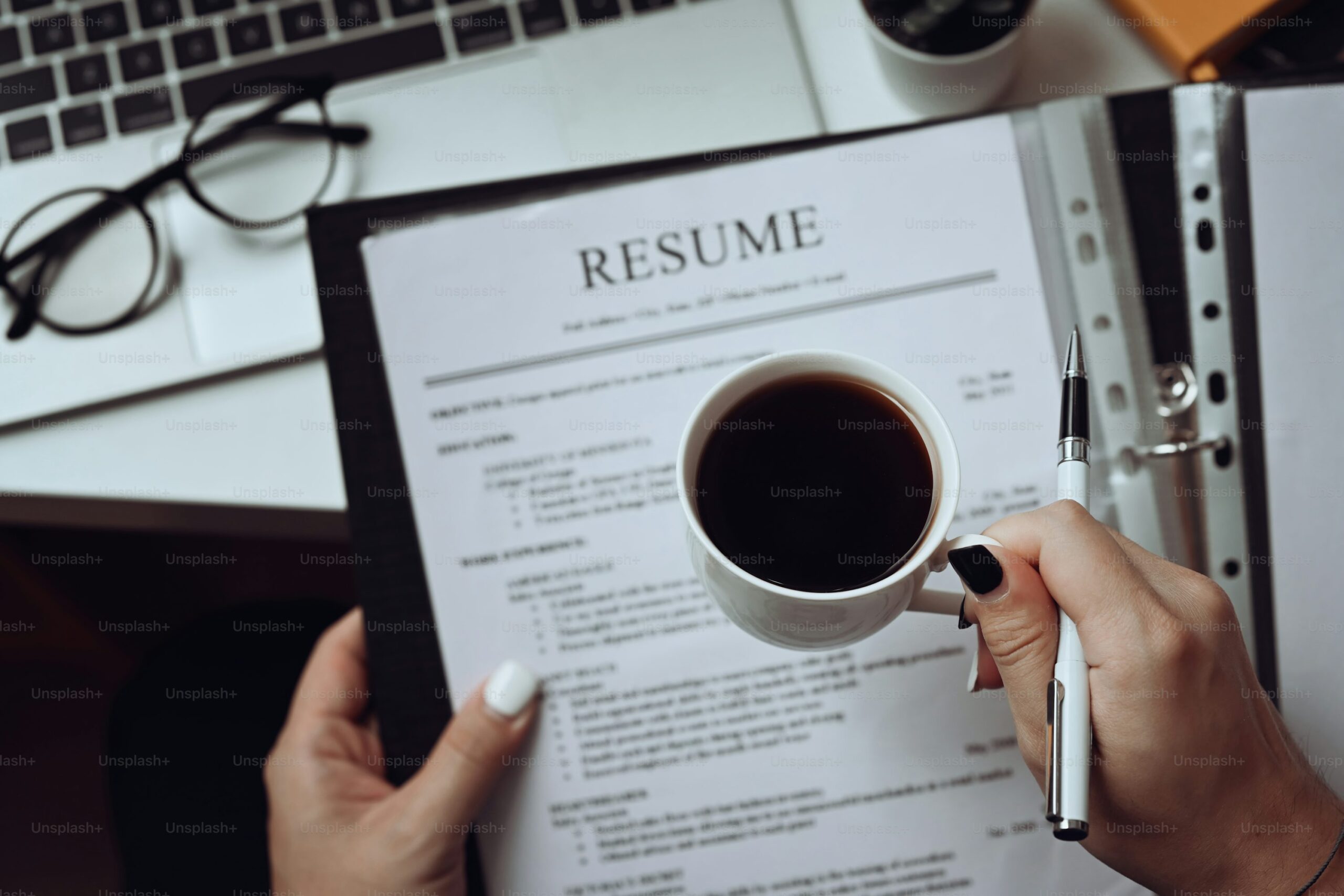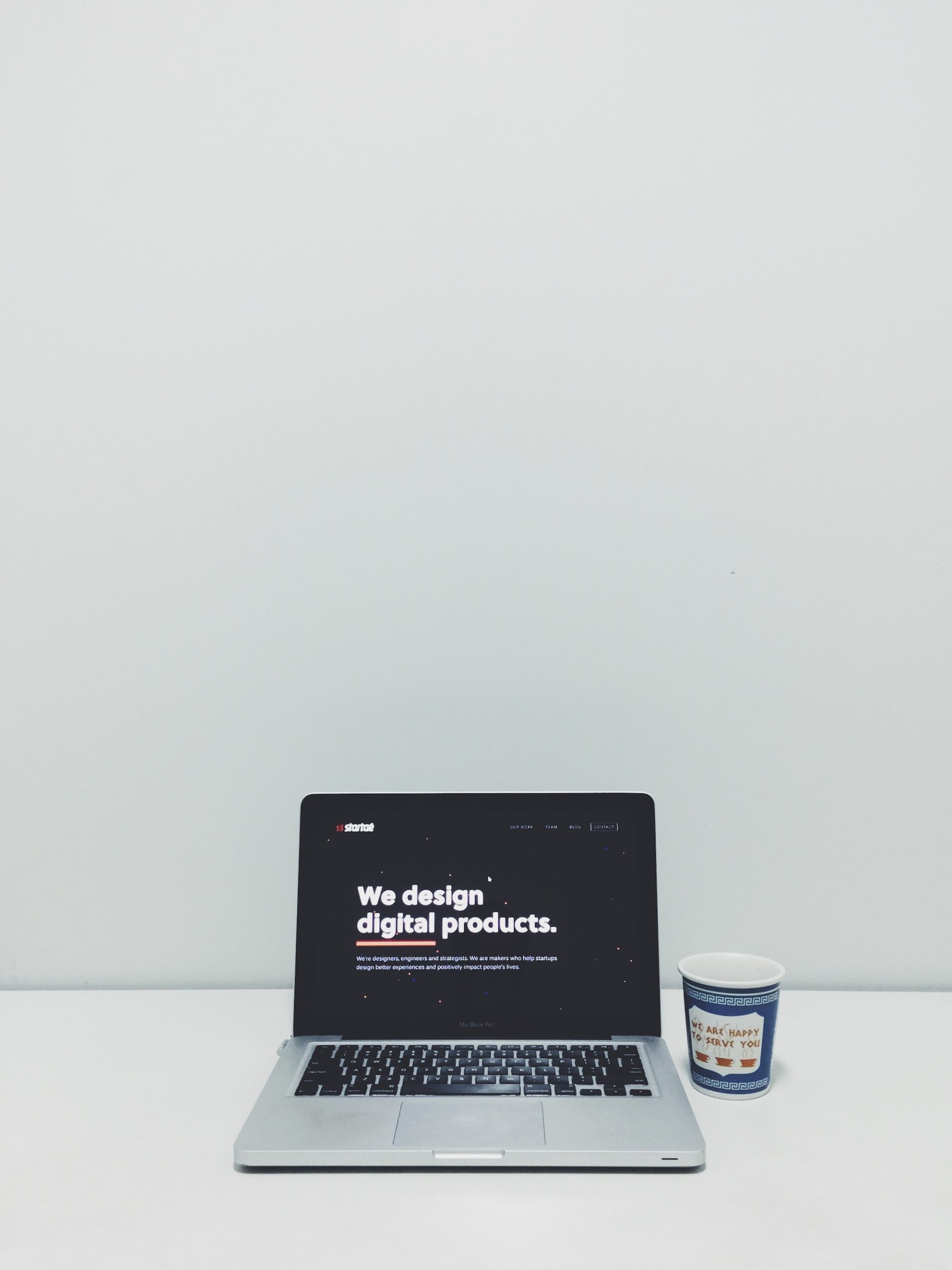A resume is more than just a piece of paper. It is a tool that can open doors to new opportunities and help me share my story with potential employers. A clear, concise resume shows off my skills and experiences without overwhelming the reader.
I’ve learned that keeping a resume simple can make it easier for recruiters to see the value I bring, especially when they might only spend a few seconds on each application.
In this post, I’ll walk through my process for creating a straightforward resume. I’ll cover what to include, formatting tips, and even answer some common questions.
This guide is based on my own experience and research from trusted resources like The Balance Careers and Purdue OWL. I hope it feels like a friendly chat with a helpful friend rather than a technical manual.
What Is a Resume and Why Is It Important?
A resume is a summary of my education, work experience, and skills. It is the first introduction I make to employers, so it needs to make a positive impression. Studies have shown that recruiters often spend just 6 seconds on a resume during their initial scan (source). This means my resume must be easy to read and get to the point quickly.
A simple resume avoids clutter and confusing details. It gives recruiters a clear idea of my background and abilities at a glance. When I focus on simplicity, I ensure that every piece of information counts and supports my job goals.
Just Before You Go
Empower individuals to overcome barriers, gain essential skills, and secure gainful employment through our proven programs—KeelMaster, KeelWings, and KeelMate. Your support can spark change and build brighter futures.
Donate NowKey Sections of a Simple Resume
Here are the main parts I include in my resume:
1. Contact Information
At the top of my resume, I list:
- Name
- Phone number
- Email address
- LinkedIn profile or personal website (if relevant)
I keep this section clean so that employers know how to reach me without any hassle.
2. Professional Summary or Objective
I write a short paragraph that highlights my most important skills and experiences. If I’m early in my career, I might use an objective that explains my goals. If I have more experience, I opt for a summary that shows how I can add value to a company. This section is my chance to grab attention right away.
3. Work Experience
I list my jobs in reverse chronological order, starting with my most recent role. For each position, I include:
- Job title
- Company name
- Dates of employment
- A few bullet points detailing my responsibilities and achievements
I try to use clear, simple language. For example, instead of saying “Implemented innovative strategies to optimize performance,” I might say “Improved team performance with new ideas.” Numbers and measurable results are great here because they show real impact.
4. Education
I add details about my academic background, including:
- School name
- Degree or certificate earned
- Graduation date or expected graduation date
If I’m a recent graduate, I might also include relevant coursework or projects.
5. Skills
This section is where I list the technical and soft skills that matter for the job I’m applying for. I include skills that I’m confident in and that match the job description. Using bullet points makes this section easy to scan.
6. Additional Sections
Sometimes, I include extra sections such as:
- Certifications (if they are relevant)
- Volunteer work
- Projects or publications
I only add these if they help support my application.
Tips for Creating a Simple, Effective Resume
Focus on Clarity and Brevity
I avoid long paragraphs and excessive detail. Each section of my resume is short and to the point. A single page is ideal for most candidates, especially if I have fewer than 10 years of experience.
Use a Clean Layout
I choose a layout with plenty of white space. Simple fonts like Arial or Calibri work best. I avoid fancy designs or too many colours because they can distract from the content. Tools like Canva and Resume.io offer clean templates that I find useful.
Tailor the Resume to the Job
Before sending out my resume, I read the job description carefully. I adjust my skills and experience to match what the employer is looking for. This simple step can make a big difference in getting noticed.
Proofread and Get Feedback
I always review my resume for mistakes. Sometimes, a friend or mentor will help me catch errors that I missed. A polished resume shows that I care about my work and pay attention to detail.
Use Action Words
Verbs like “managed,” “developed,” “created,” and “improved” make my achievements sound strong. Action words help to clearly communicate my role in past successes.
Keep It Up to Date
I update my resume regularly, even if I’m not currently looking for a job. It’s a living document that grows as my experience does. This way, I’m always ready for new opportunities.
FAQs
How long should my resume be?
I usually keep my resume to one page. If I have a lot of experience, two pages are acceptable, but I try to keep it concise. The goal is to highlight my most important information without overwhelming the reader.
What if I have gaps in my work history?
I focus on the skills and achievements of my work. If there are gaps, I’m honest about them, but I also explain any relevant activities during those periods, like volunteering or freelance work. A simple resume that tells my story clearly is key.
How can I make my resume stand out if it’s simple?
A simple resume stands out when it is easy to read and highlights my most important skills and achievements. I use a clean layout, tailor my resume for each job, and include measurable results to show my impact.
What fonts or design elements should I use?
I stick with simple fonts like Arial, Calibri, or Times New Roman. I avoid using too many colours or fancy graphics because the focus should be on the content. The clean design helps the reader quickly scan my resume.
Further Resources
If you’re looking for more tips or templates, here are some resources that I find helpful:
- The Balance Careers: Great articles on resume writing and job search advice.
- Purdue OWL: Detailed guidelines on writing a resume and cover letter.
- Canva Resume Templates: Free, customizable templates to help me design a clean resume.
- Resume.io: An online resume builder with modern templates that keep it simple.
Conclusion
I believe that writing a simple resume is one of the best investments I can make in my career. A clear, easy-to-read resume not only shows my qualifications but also my ability to communicate effectively.
I’ve shared my approach to making my resume simple yet impactful, and I hope it gives you some ideas on how to present your own experiences in the best light.
What are your thoughts on keeping resumes simple, and how do you feel about the process of writing one?
Just Before You Go
Empower individuals to overcome barriers, gain essential skills, and secure gainful employment through our proven programs—KeelMaster, KeelWings, and KeelMate. Your support can spark change and build brighter futures.
Donate Now


